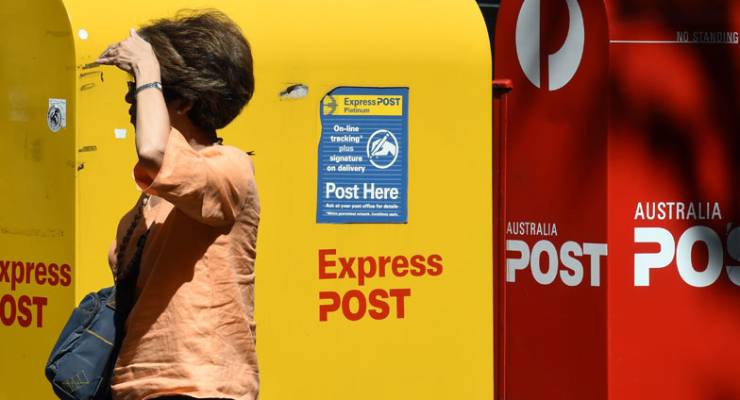
It turns out “It’s too much effort, and we outsourced our IT” is not a valid excuse for government agencies to attempt to avoid transparency and scrutiny.
Outsourcing is often seen in government as a means to cut down on costs, but it is also used as a means to avoid transparency in government. We’ve seen before that by using commercial companies to do your work for you, it is possible to evade Australia’s freedom of information scheme through a number of confidentiality clauses. But blaming outsourcing entirely for your inability to comply with an FOI request is a new one.
[Outsourcing: the key weapon in the war against transparency]
Last year, a man attempted to get hold of footage from two CCTV cameras from an incident he was involved in at an Australia Post facility in 2014, using Australia’s freedom of information law. Australia Post initially rejected the request on the grounds that it would breach the personal privacy of others in the footage.
The man took the case to the Office of the Australian Information Commissioner, headed by Timothy Pilgrim, for review. The judgment issued in April is a fascinating look into the lengths some organisations under the umbrella of FOI law will go to in order to avoid handing over information.
Although the man was refused access to two videos, Pilgrim found that in the first video, only the man himself was identifiable, so there was no privacy breach in that instance. In the second video, several customers — and staff members who opposed the release of the video — are also identifiable.
Pilgrim suggested that perhaps the footage could be edited so that the faces of those involved would be blurred. Australia Post first argued that by editing the video, it would be creating a new document that didn’t originally exist, and therefore FOI law would not apply. When that didn’t work, Australia Post just claimed it would be far too difficult because the government-owned business had outsourced its IT division, could not find an employee with video-editing skills, and the software and work required would take up to four days and cost $4000. As such it would be an abuse of taxpayers’ funds.
Australia Post also, bizarrely, argued that the CCTV footage was “actually a program, not a video file”, which meant it couldn’t be edited. The OAIC looked into it and found that the footage could be saved into editable files, and blurring the footage would only cost about $100 to do, with very little in the way of editing skills required.
[Every step you take: govt to pool CCTV images and facial recognition to track citizens]
Australia Post also tried to argue that by disclosing security footage it would “disclose the existence of this security measure and the location of the security cameras”.
Pilgrim was not convinced, and ordered the release of the videos.
It is not the first time CCTV footage has been obtained under FOI law. The Department of Immigration and Border Protection has released similar footage. This footage is now available on YouTube via a Right to Know request.








Crikey is committed to hosting lively discussions. Help us keep the conversation useful, interesting and welcoming. We aim to publish comments quickly in the interest of promoting robust conversation, but we’re a small team and we deploy filters to protect against legal risk. Occasionally your comment may be held up while we review, but we’re working as fast as we can to keep the conversation rolling.
The Crikey comment section is members-only content. Please subscribe to leave a comment.
The Crikey comment section is members-only content. Please login to leave a comment.